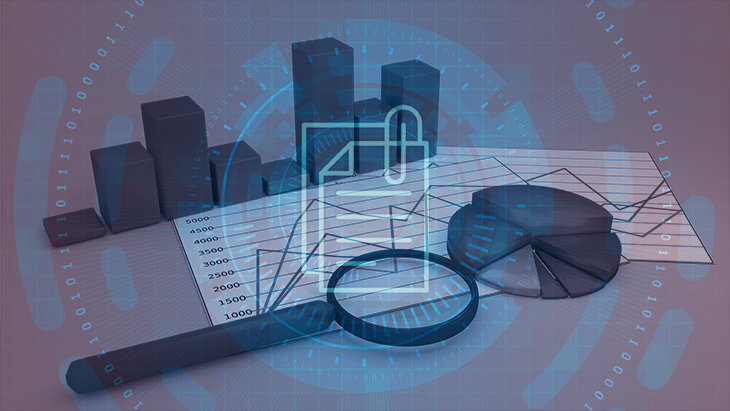
Lo más reciente
The relationship between infrastructure capital and economic growth has been controversial. A number of empirical studies have found very high returns to infrastructure investment (Aschauer, 1989; Canning and Fay, 1993). But, the robustness of the results have been questioned in other empirical studies and surveys (Gramlich, 1994; Munnell, 1992).2 A major problem seems to be that interactions between infrastructure and GDP are mediated in the short run by a host of variables that cannot all be captured in statistical studies, and in the long run causality between infrastructure and GDP cannot be established. While infrastructure may give rise to higher productivity and output, past and future economic growth also tend to raise the demand for infrastructure services and induce increased supply.3 Moreover, infrastructure inadequacies may not have tangible output consequences in the short or medium run because infrastructure services have substitutes and the assets may be used with different intensities.4 As a result, the empirical basis of the case for high returns to infrastructure investment has been elusive.